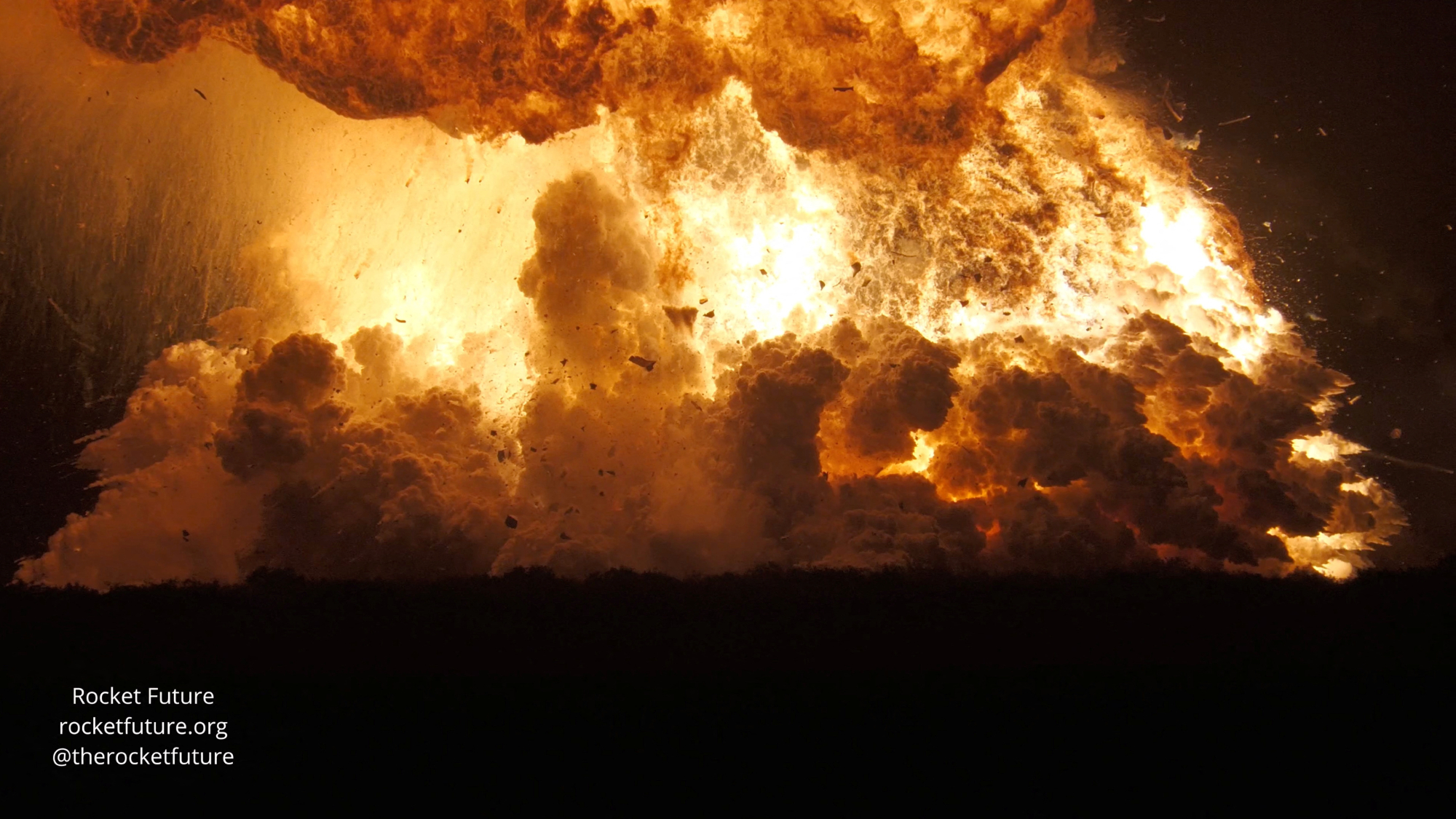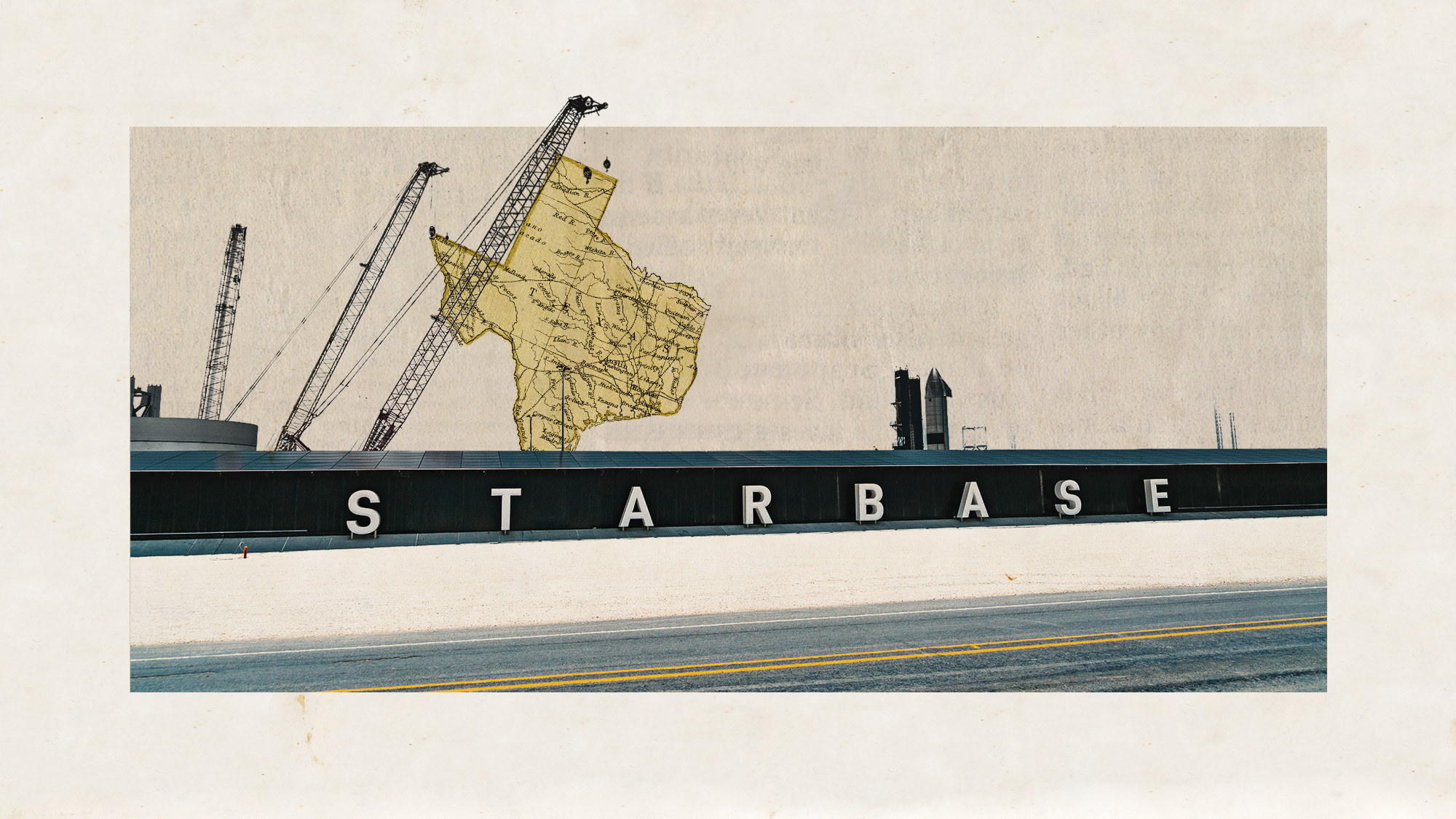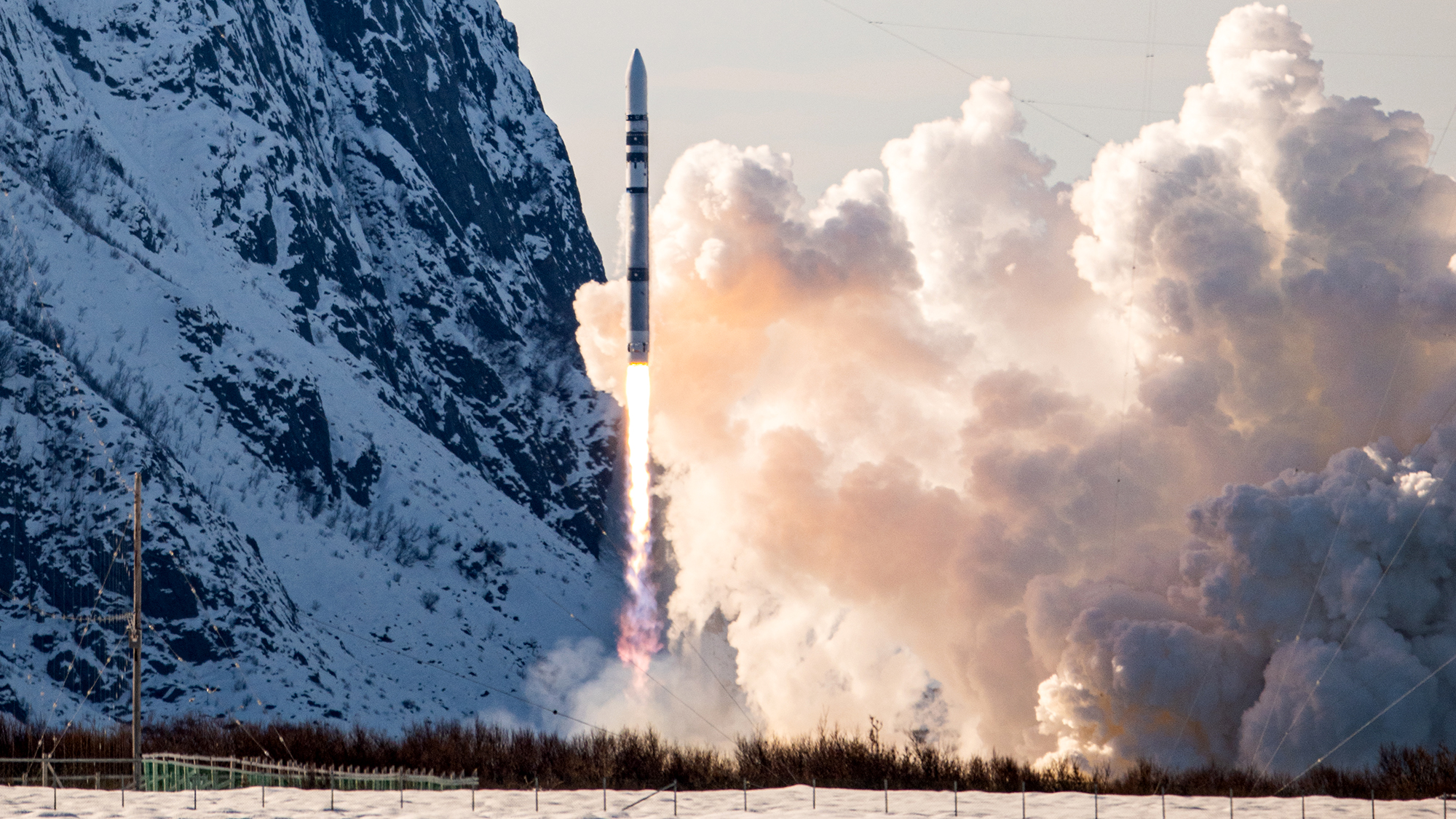Another Starship blast sets back Musk's Mars hopes
Nobody was killed in the explosion, which occurred in south Texas


What happened
SpaceX's massive Starship rocket exploded late Wednesday in a fireball that could be seen for miles. It was the latest in a series of setbacks for founder Elon Musk's hopes to send a mission to Mars as soon as next year and NASA's plans to fly astronauts back to the moon in 2027. SpaceX said nobody was killed in the "major anomaly," which occurred as the company was test-firing the upper-stage spacecraft at the company's South Texas Starbase before a planned 10th test flight of the world's largest and most powerful rocket.
Who said what
Musk is "making an enormous bet on Starship," but it is running behind schedule and has "suffered several setbacks," The Wall Street Journal said. During the last test flight in May, the Starship rocket "spun out of control about halfway through a flight without achieving some of its most important testing goals," Reuters said, even while "flying beyond the point of two previous explosive attempts earlier this year that sent debris streaking over Caribbean islands and forced dozens of airliners to divert course."
Boaters passing by Starbase on Thursday morning "shared video footage showing substantial damage to the test site," The New York Times said
The Week
Escape your echo chamber. Get the facts behind the news, plus analysis from multiple perspectives.

Sign up for The Week's Free Newsletters
From our morning news briefing to a weekly Good News Newsletter, get the best of The Week delivered directly to your inbox.
From our morning news briefing to a weekly Good News Newsletter, get the best of The Week delivered directly to your inbox.
What next?
Musk and NASA are "eager" to get Starship flying, but the spacecraft "still has a long way to go" before carrying humans into space, The Washington Post said. "In addition to being able to fly without blowing up," it "needs to be able to refuel in orbit, an exceedingly difficult endeavor that's never before been accomplished," and "land autonomously" on the lunar surface.
A free daily email with the biggest news stories of the day – and the best features from TheWeek.com
Peter has worked as a news and culture writer and editor at The Week since the site's launch in 2008. He covers politics, world affairs, religion and cultural currents. His journalism career began as a copy editor at a financial newswire and has included editorial positions at The New York Times Magazine, Facts on File, and Oregon State University.
-
 Could smaller cars bring down vehicle prices?
Could smaller cars bring down vehicle prices?Today’s Big Question Trump seems to think so, but experts aren’t so sure
-
 2025’s most notable new albums
2025’s most notable new albumsThe Week Recommends These were some of the finest releases of the past year
-
 Trump aims to take down ‘global mothership’ of climate science
Trump aims to take down ‘global mothership’ of climate scienceIN THE SPOTLIGHT By moving to dismantle Colorado’s National Center for Atmospheric Research, the White House says it is targeting ‘climate alarmism’
-
 Inside a Black community’s fight against Elon Musk’s supercomputer
Inside a Black community’s fight against Elon Musk’s supercomputerUnder the radar Pollution from Colossal looms over a small Southern town, potentially exacerbating health concerns
-
 X update unveils foreign MAGA boosters
X update unveils foreign MAGA boostersSpeed Read The accounts were located in Russia and Nigeria, among other countries
-
 What's Linda Yaccarino's legacy? And what's next for X?
What's Linda Yaccarino's legacy? And what's next for X?Today's Big Question An 'uncertain future' in the age of TikTok
-
 X CEO Yaccarino quits after two years
X CEO Yaccarino quits after two yearsSpeed Read Elon Musk hired Linda Yaccarino to run X in 2023
-
 Musk chatbot Grok praises Hitler on X
Musk chatbot Grok praises Hitler on XSpeed Read Grok made antisemitic comments and referred to itself as 'MechaHitler'
-
 What Elon Musk's Grok AI controversy reveals about chatbots
What Elon Musk's Grok AI controversy reveals about chatbotsIn the Spotlight The spread of misinformation is a reminder of how imperfect chatbots really are
-
 Elon Musk's SpaceX has created a new city in Texas
Elon Musk's SpaceX has created a new city in TexasUnder The Radar Starbase is home to SpaceX's rocket launch site
-
 Test flight of orbital rocket from Europe explodes
Test flight of orbital rocket from Europe explodesSpeed Read Isar Aerospace conducted the first test flight of the Spectrum orbital rocket, which crashed after takeoff
